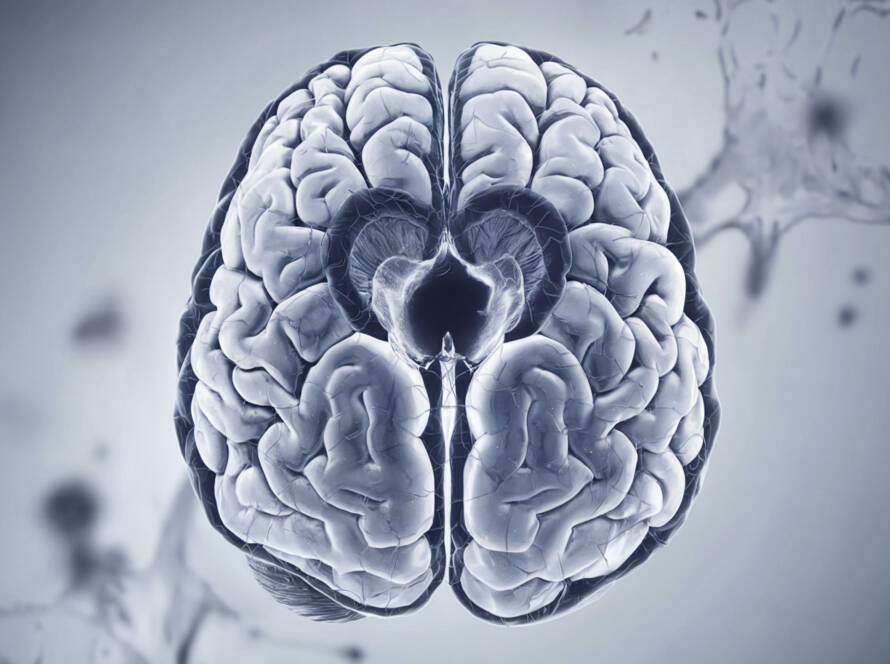|
Getting your Trinity Audio player ready...
|
As AI continues to evolve, a clear distinction must be made between artificial intelligence (AI) and human intelligence (HI). While AI is a powerful tool for processing vast amounts of data and automating tasks, it is human intelligence that remains the foundation of true innovation, strategic insight, and ethical decision-making.
AI can analyze patterns, but it lacks the depth of understanding that comes from lived experience, emotional intelligence, and the capacity to interpret the complexities of human behavior.
AI processes; HI interprets. AI can generate models, predictions, and solutions based on existing data, but HI is needed to analyze these outputs, draw nuanced conclusions, and apply wisdom to action. AI can tell you what people are doing, but only humans can truly understand why they are doing it. Sidney Levy’s observation that “people buy things not only for what they can do but also for what they mean” emphasizes that human intelligence is necessary to interpret the symbolic and emotional factors that influence consumer behavior.
AI accelerates; HI navigates. In business, AI is often praised for its speed and efficiency. It can analyze large datasets in minutes, providing a wealth of information. However, speed without direction is useless. It is the human mind that navigates through this information to determine what is relevant, what aligns with the brand’s mission, and how these insights can be translated into actionable strategies. As Michael Johnson notes in Branding in Five and a Half Steps, “In a world overwhelmed by digital noise, the brands that stand out are those that connect on a human level”. AI provides the data, but humans must sift through it to find what truly matters.
AI predicts; HI innovates. AI’s ability to predict outcomes based on historical data is impressive, but innovation requires thinking beyond the numbers. Creative breakthroughs and disruptive strategies come not from what has been done, but from what can be done. Human intelligence sees possibilities where AI sees patterns. AI can optimize existing models, but HI is required to break those models and create new ones, based on creative thinking and a deep understanding of human needs and desires.
The role of experience in leadership. This distinction between AI and HI underscores the importance of having a senior team that not only understands the technology but also possesses the patience and experience to extract meaningful insights from the data. AI can quickly provide answers, but it is the human leaders who must ask the right questions. Senior executives, with years of experience, bring a critical lens to the interpretation of AI outputs. They understand that insights are not found by taking the data at face value but by patiently sifting through it, leveraging their expertise to uncover patterns that only human intuition can recognize.
This blend of technology and human insight is crucial in making informed, strategic decisions. A senior team grounded in experience brings a long-term perspective that AI lacks. They have seen market trends rise and fall, consumer behaviors shift, and have the foresight to identify which insights will lead to sustainable growth versus those that are temporary blips. As Donald Miller suggests in Building a StoryBrand, “When customers feel heard, they also feel valued”. This level of human understanding and engagement is essential in the branding process and can only be fully realized by experienced leaders who have the patience and insight to look beyond the data.
AI enhances; HI leads. At Brand Voyagers, we view AI as a tool, not the driver. It enhances our capabilities, but it does not replace the need for human leadership, creativity, and experience. It is human intelligence that leads the way—balancing data-driven insights with emotional understanding, ethics, and long-term strategic thinking. We approach AI with the understanding that it can support our efforts, but it is our senior team’s experience, wisdom, and human insight that create true value. Without this human element, AI is nothing more than a tool in search of a direction.
FAQs:
What is the main difference between AI and human intelligence (HI)?
AI excels at processing data quickly and efficiently, while human intelligence is needed to interpret the data, uncover insights, and apply creativity, emotional intelligence, and strategic thinking.
Why is it important for senior leaders to guide AI implementations?
Senior leaders bring experience and the ability to patiently sift through AI-generated data, using their expertise to find meaningful insights and make informed strategic decisions.
Can AI replace human decision-making in business?
No, while AI can enhance decision-making by providing data and predictions, it lacks the creativity, emotional understanding, and ethical considerations that are essential to human-led decisions.
How do AI and HI complement each other in business strategy?
AI accelerates the process by analyzing data and making predictions, while HI provides the deeper understanding needed to interpret the data, create innovative strategies, and connect with customers on an emotional level.
Why is human experience still crucial in a world increasingly dominated by AI?
Experience allows humans to recognize patterns, understand context, and apply ethical judgment in ways that AI cannot. This is especially important for long-term strategy and innovation.


